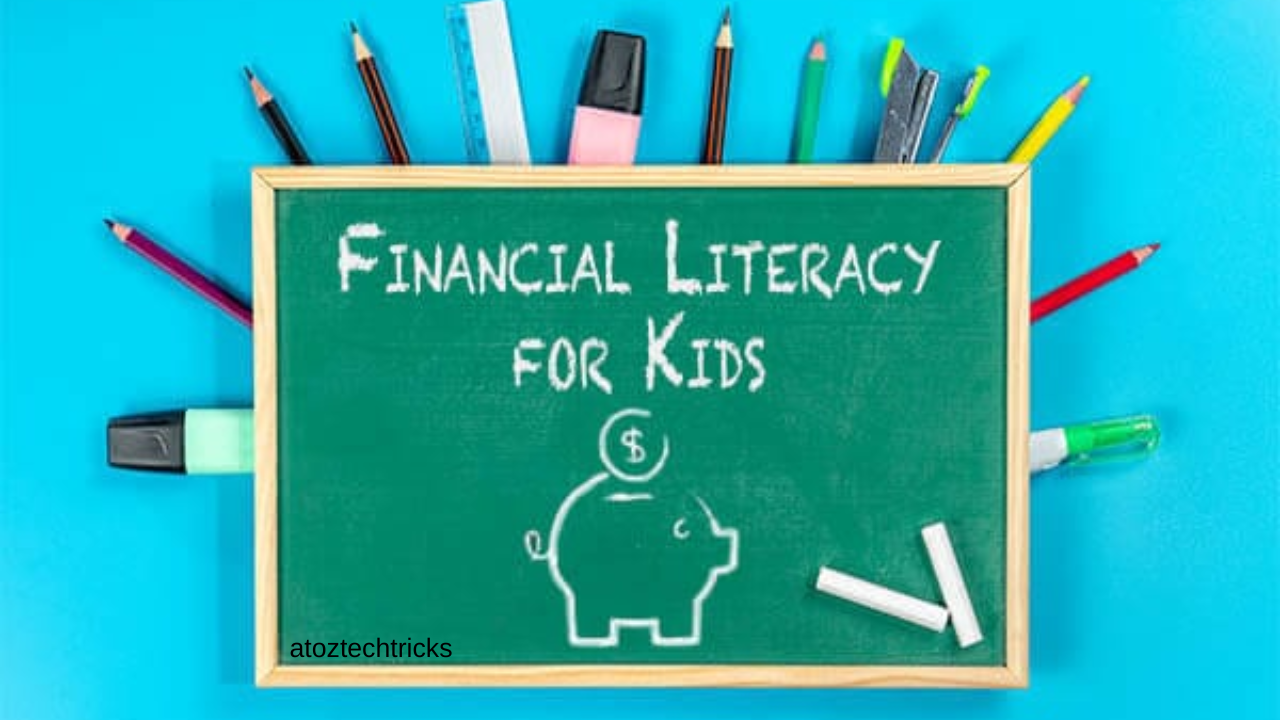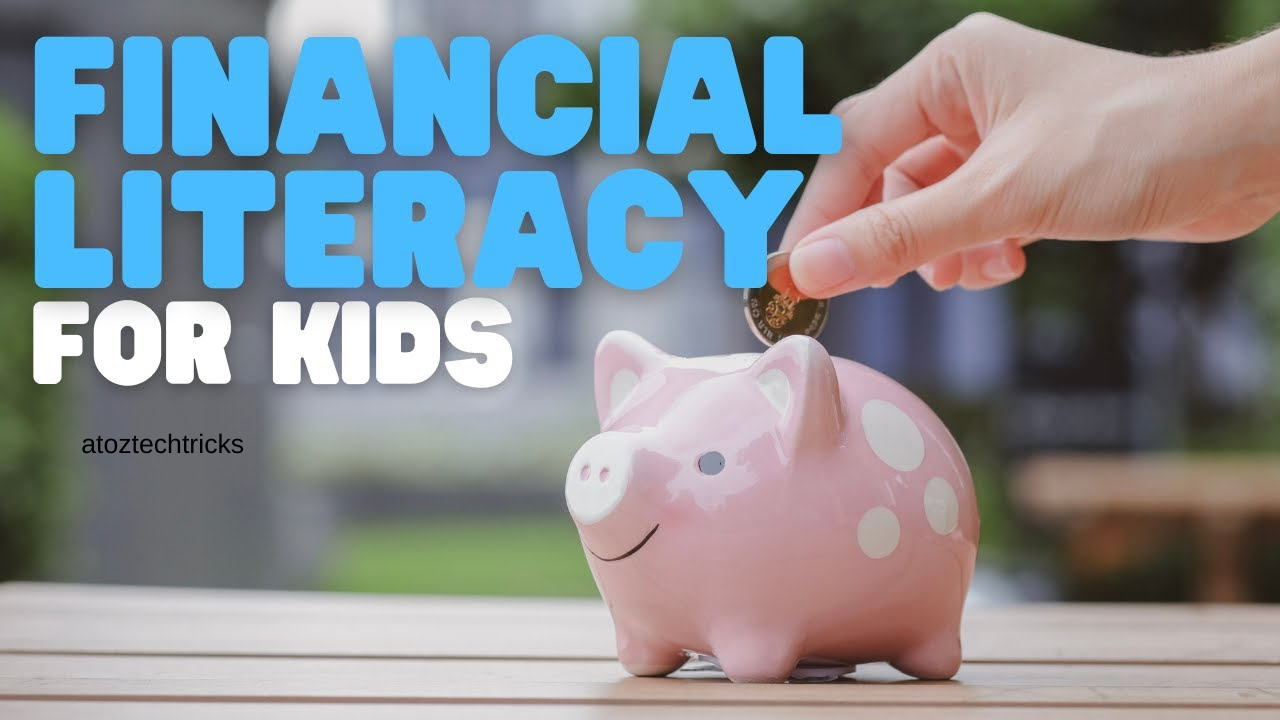Retirement Planning: A Comprehensive Guide to Securing Your Golden Years
Retirement planning is one of the most crucial aspects of personal finance. It involves preparing financially, emotionally, and physically for the transition from a career-focused life to one of relaxation and fulfilment. This guide will provide a thorough overview of retirement planning, including strategies to build wealth, tips for managing expenses, and considerations for ensuring a comfortable retirement.
1. Understanding Retirement Planning
Retirement planning is the process of determining your retirement income goals and the actions necessary to achieve those goals. It involves several key components, including:
- Assessing Retirement Needs: Estimating how much money you’ll need in retirement to maintain your desired lifestyle.
- Creating a Savings Plan: Develop a strategy to save and invest money to meet your retirement goals.
- Managing Investments: Choosing and managing investments to grow your retirement savings.
- Planning for Healthcare Costs: Preparing for healthcare expenses that may arise during retirement.
- Estate Planning: Ensuring your assets are distributed according to your wishes after your death.
2. Assessing Your Retirement Needs
Before you can plan for retirement, you need to understand how much money you’ll need. This involves calculating your expected expenses and comparing them to your anticipated income sources. Here’s a step-by-step approach:
2.1 Estimate Your Retirement Expenses
Consider all potential expenses, including:
- Housing: Mortgage payments, property taxes, maintenance, and utilities.
- Healthcare: Health insurance premiums, out-of-pocket expenses, and long-term care.
- Daily Living: Groceries, transportation, entertainment, and personal care.
- Travel: Costs associated with vacations or visits to family.
- Unexpected Expenses: Emergency funds for unforeseen costs.
2.2 Determine Your Sources of Retirement Income
Identify the sources of income you’ll rely on:
- Social Security: Benefits provided by the government based on your work history.
- Pensions: Income from employer-sponsored retirement plans.
- Retirement Savings Accounts: Funds in 401(k)s, IRAs, or other retirement accounts.
- Investments: Dividends, interest, and capital gains from stocks, bonds, and real estate.
- Annuities: Regular payments from insurance products designed for retirement income.
2.3 Calculate Your Retirement Savings Goal
Subtract your expected retirement income from your anticipated expenses to determine the amount of savings needed. Use a retirement calculator or work with a financial advisor to refine this estimate.
Understanding Different Retirement Accounts: A Comprehensive Guide
3. Creating a Savings Plan
A successful retirement plan requires a disciplined approach to saving and investing. Follow these steps to build a robust savings plan:
3.1 Start Early and Save Consistently
The earlier you start saving for retirement, the more time your money has to grow. Aim to save a significant portion of your income regularly. Utilize automatic transfers to retirement accounts to ensure consistency.
3.2 Take Advantage of Retirement Accounts
Maximize contributions to tax-advantaged retirement accounts:
- 401(k): Employer-sponsored plan with tax-deferred contributions and potential employer matching.
- IRA: Individual Retirement Account with traditional and Roth options. Traditional IRAs offer tax-deductible contributions, while Roth IRAs provide tax-free withdrawals.
- Health Savings Account (HSA): Tax-advantaged account for healthcare expenses that can also serve as a retirement savings vehicle.
3.3 Diversify Your Investments
Diversification helps manage risk and optimize returns. Consider a mix of:
- Stocks: Equity investments with the potential for high returns.
- Bonds: Fixed-income securities providing steady interest payments.
- Real Estate: Property investments offering rental income and appreciation.
- Mutual Funds/ETFs: Investment funds that pool money from multiple investors to purchase a diversified portfolio of assets.
3.4 Adjust Your Asset Allocation
As you approach retirement, shift your asset allocation to reduce risk. Move from higher-risk investments, like stocks, to more stable investments, such as bonds and cash equivalents.
4. Managing Investments
Proper investment management is crucial for growing your retirement savings and ensuring financial security.
4.1 Regularly Review and Rebalance Your Portfolio
Monitor your investment performance and rebalance your portfolio periodically to maintain your desired asset allocation. This involves adjusting your holdings to stay aligned with your risk tolerance and investment goals.
4.2 Minimize Fees and Expenses
High fees can erode your retirement savings. Choose low-cost investment options and be mindful of management fees, trading costs, and other expenses.
4.3 Consider Professional Guidance
A financial advisor can provide personalized investment advice and help you develop a strategy to achieve your retirement goals. Look for an advisor with a fiduciary duty to act in your best interest.
5. Planning for Healthcare Costs
Healthcare costs can be a significant burden in retirement, so planning for these expenses is essential.
5.1 Understand Medicare
Medicare provides health insurance for individuals aged 65 and older. Familiarize yourself with its coverage options, including:
- Part A: Hospital insurance.
- Part B: Medical insurance for doctor visits and outpatient services.
- Part C: Medicare Advantage Plans combining Part A and Part B coverage.
- Part D: Prescription drug coverage.
5.2 Plan for Long-Term Care
Long-term care, such as nursing home or in-home care, may not be covered by Medicare. Consider:
- Long-Term Care Insurance: Policies designed to cover these expenses.
- Savings and Investments: Set aside funds specifically for long-term care costs.
5.3 Create a Healthcare Budget
Estimate your healthcare expenses, including premiums, out-of-pocket costs, and long-term care. Factor these into your overall retirement budget.
6. Estate Planning
Estate planning ensures your assets are distributed according to your wishes after your death. Key elements include:
6.1 Draft a Will
A will outlines how your assets should be distributed. It can also designate guardians for minor children and specify funeral arrangements.
6.2 Establish a Trust
Trusts can provide greater control over asset distribution, potentially reduce estate taxes, and avoid probate. Common types include revocable living trusts and irrevocable trusts.
6.3 Assign Power of Attorney
Designate someone to make financial and medical decisions on your behalf if you become incapacitated. This ensures your wishes are honoured even if you’re unable to communicate them.
6.4 Review Beneficiary Designations
Ensure your retirement accounts, life insurance policies, and other assets have up-to-date beneficiary designations.

7. Preparing for the Transition
Retirement is a major life change that requires emotional and practical adjustments.
7.1 Define Your Retirement Goals
Consider how you want to spend your retirement years. This might include travel, hobbies, volunteering, or spending time with family. Having clear goals can help you plan and stay motivated.
7.2 Adjust Your Lifestyle
Prepare for the changes that retirement will bring, including adjusting to a new daily routine and managing your time effectively.
7.3 Stay Active and Engaged
Maintaining physical and mental health is important in retirement. Engage in activities that keep you active, socially connected, and intellectually stimulated.
8. Common Retirement Planning Mistakes to Avoid
Avoiding common pitfalls can help you achieve a more secure and enjoyable retirement.
8.1 Underestimating Retirement Expenses
Many people underestimate how much they will spend in retirement. Regularly review and update your expense estimates to ensure they are realistic.
8.2 Overlooking Inflation
Inflation can erode your purchasing power over time. Plan for inflation by investing in assets that typically outpace inflation, such as stocks.
8.3 Not Planning for Healthcare Costs
Healthcare expenses can be substantial in retirement. Make sure to account for these costs in your retirement plan.
8.4 Failing to Revisit Your Plan
Life circumstances and financial markets change. Regularly review and adjust your retirement plan to stay on track.
9. Resources and Tools for Retirement Planning
Several resources can assist with retirement planning:
- Retirement Calculators: Online tools that help estimate how much you need to save.
- Financial Advisors: Professionals who offer personalized advice and planning services.
- Government Resources: Websites such as the Social Security Administration provide valuable information on benefits and planning.
Retirement planning is a comprehensive process that involves assessing your needs, creating a savings plan, managing investments, preparing for healthcare costs, and planning your estate. By starting early, staying disciplined, and regularly reviewing your plan, you can build a solid foundation for a comfortable and fulfilling retirement. Remember, the key to successful retirement planning is to be proactive and informed, ensuring that you can enjoy your golden years with confidence and peace of mind.
Retirement Income Options: A Comprehensive Guide to Securing Your Financial Future




Post Comment